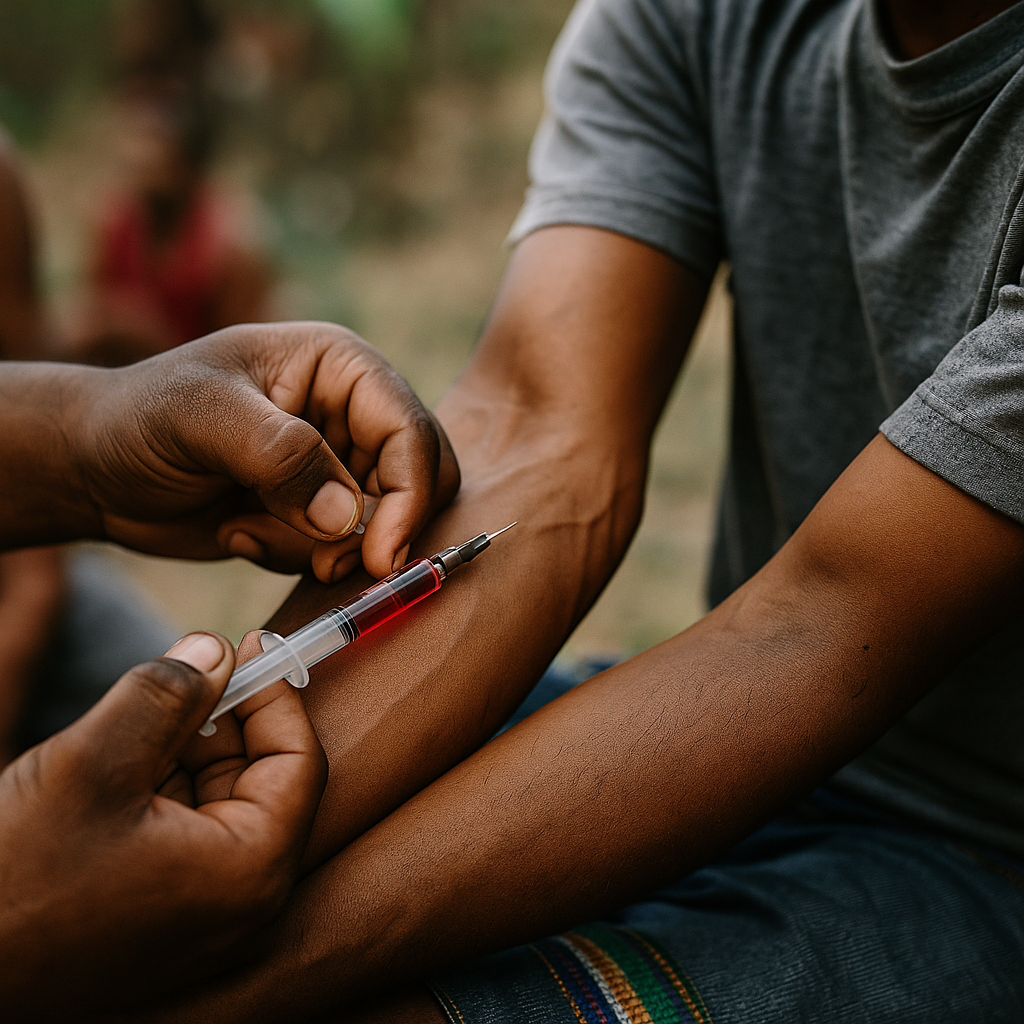The U.S. blood supply is among the safest in the world. Nearly all people infected with HIV through blood transfusions received those transfusions before 1985, the year it became possible to test donated blood for HIV.
The Public Health Service has recommended a multifaceted approach to blood safety in the United States that includes stringent donor selection practices and the use of screening tests. Blood donations in the United States have been screened for antibody to HIV-1 since March 1985 and HIV-2 since June 1992. Blood and blood products that test positive for HIV are safely discarded and are not used for transfusion
An estimated one in 450,000 to one in 660,000 donations per year are infectious for HIV but are not detected by current antibody screening tests. In August of 1995 the FDA recommended that all donated blood and plasma also be screened for HIV-1 p24 antigen. Donor screening for p24 antigen is expected to reduce the number of otherwise undetected infectious donations by approximately 25 percent per year. The improvement of processing methods for blood products has also reduced the number of infections resulting in the use of these products. Currently the risk of infection with HIV in the United States through receiving a blood transfusion or through the use of blood products is extremely rare and has become progressively more infrequent, even in areas with high HIV prevalence rates.



